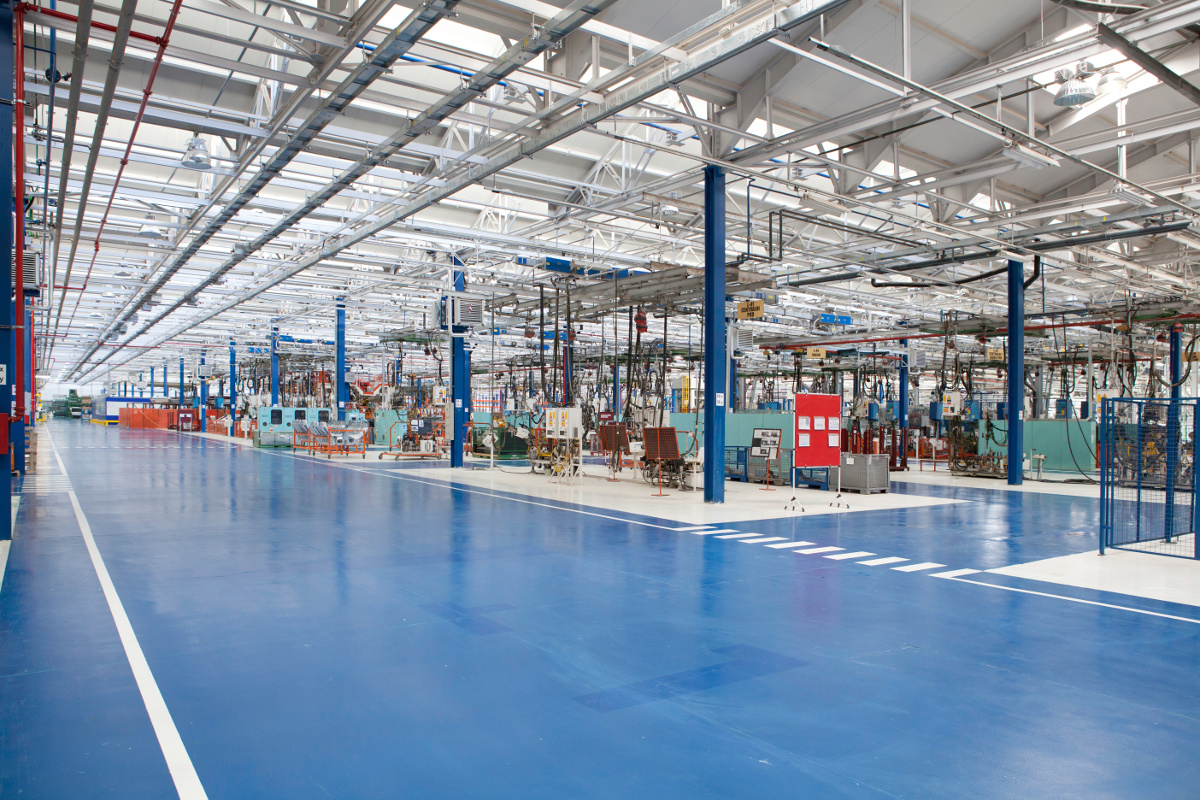The role of big data and analytics in the manufacturing industry is becoming more and more critical. Big data and analytics can help manufacturers meet these challenges by providing insights to improve operations and decision-making. Keep reading to learn more about big data and analytics in the manufacturing industry.
What Are Digital Transformation Technologies For Manufacturing?
Digital transformation technologies for manufacturing involve smart devices, the internet of things (IoT), and big data and analytics to improve communication and collaboration among plant personnel, managers, suppliers, and customers. These technologies can help to improve process visibility, optimize resource utilization, reduce waste, and improve product quality. As the world becomes increasingly digitized, the manufacturing sector is starting to reap the benefits of big data and analytics. Manufacturers can optimize their processes by harnessing these technologies to achieve greater efficiency and productivity.
What are Smart Devices?
Smart devices are those that can connect to the internet and exchange data. They may be used to collect data from machines or other physical objects in a factory or distribution center environment. This data can then be analyzed to identify patterns or trends that can help improve operations. For example, if it is found that a particular machine is frequently breaking down, the data collected from that machine could be analyzed to determine what is causing the problem so it can be fixed.
What is the Internet of Things (IoT)?
The internet of things (IoT) refers to the network of devices, such as sensors and smart meters, connected to the internet and can communicate with each other. The IoT can be used in factories and distribution centers to collect data about how products are handled and moved around. This data can then be used to create models that predict how products will flow through the system to identify and correct any problems before they cause disruption downstream.
What is Big Data?
Big data is information that is too large or complex for traditional database management tools to handle effectively. Big data analytics involves using special software tools to analyze this information to find patterns or trends that can help improve business performance. For example, a company might use big data analytics tools to study customer purchasing behavior to identify new marketing opportunities. In a manufacturing setting, big data could be used to analyze sensor readings from production lines to identify ways of reducing waste or improving product quality.
What Are Some Emerging Trends In Big Data And Analytics For Manufacturers?
Manufacturing is one of the most data-intensive industries in the world. Here are some of the critical ways that big data and analytics are being used in manufacturing today:
Quality improvement. Manufacturing companies use big data and analytics to improve product quality by identifying defects early in the production process and correcting them before products leave the factory floor. This involves capturing real-time sensor data from machines on the factory floor and analyzing it for signs of abnormalities or defects. Manufacturers can also use predictive analytics models to identify potential problems before they occur. For example, a manufacturer might use a model that predicts when a particular machine is likely to experience a breakdown to take corrective action before any damage occurs.
Cost reduction. Manufacturing companies also use big data and analytics to reduce costs by optimizing production processes. This includes reducing energy usage, minimizing waste, improving supply chain efficiency, etc. Big data allows manufacturers to analyze vast quantities of operational data to identify areas where improvements can be made. Analytics tools such as machine learning can help identify patterns in this data that would otherwise be difficult to discern manually. Armed with this information, manufacturers can make changes that result in significant cost savings without compromising quality or safety standards.
Product innovation. Manufacturers are also using big data and analytics tools to develop new products faster and more efficiently than ever before. This involves capturing product-related information, including design specifications, customer feedback, performance metrics, and more, and analyzing it using sophisticated analytical models. This type of analysis allows manufacturers to gain insights into how customers interact with their products, what features they like or dislike, and how they can improve existing products or create new ones. Big data helps shorten product development cycles by providing fast access to massive amounts of relevant information.




